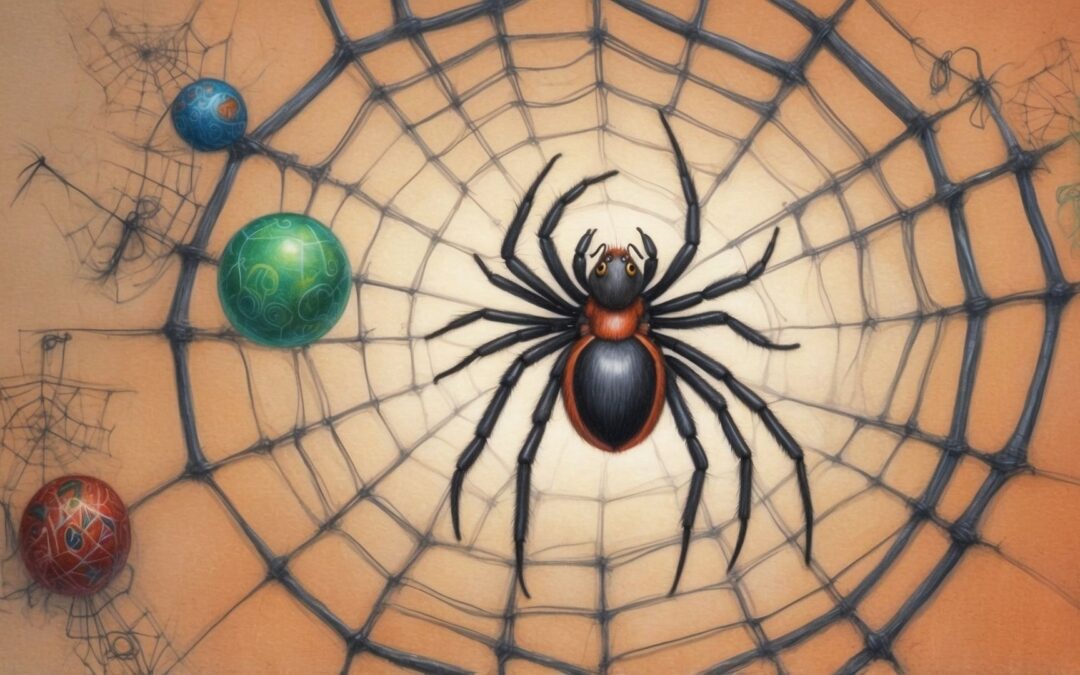The natural world, in all its biodiversity and complexity, is host to an array of species with abilities that can, in certain circumstances, prove perilous to humans. Ranging from seemingly innocuous creatures to the more predictably menacing, the world’s deadliest animals form an eclectic ensemble. This article embarks on a journey into the wild, revealing the animals that have earned the dubious distinction of being the world’s deadliest.
Our exploration begins with a diminutive yet deadly organism the mosquito. Disproportionately lethal for its size, the mosquito, particularly the female Anopheles mosquito, is a potent vector for the transmission of malaria, dengue, and Zika virus among others. Its global death toll far exceeds that of larger, more overtly threatening creatures, underscoring the adage that size does not necessarily equate to danger.
In the realm of larger predators, the saltwater crocodile commands attention. Known for its aggressive temperament and formidable size, it is considered the deadliest of all crocodilians to humans. These apex predators, inhabiting the brackish waters of the Indo-Pacific region, are capable of powerful ambush attacks, demonstrating a chilling blend of stealth and strength.
From the swamps, we shift to the plains of Africa, where the African elephant, the world’s largest land mammal, earns its place on our list. While generally docile, elephants can be unpredictable and, if threatened or provoked, exceptionally dangerous, causing more fatalities on the African continent annually than any other large animal.
Our journey would be incomplete without a detour into the ocean, where the box jellyfish resides. With tentacles covered in cnidocytes – cells that deliver venomous, paralyzing stings – the box jellyfish is considered the most venomous marine creature. Its translucent body makes it nearly invisible in the water, adding a sinister edge to its lethal potential.
The final creature on our list is a testament to the lethal potential of the microscopic world. The freshwater parasite known as Schistosoma, responsible for the disease schistosomiasis, claims hundreds of thousands of lives annually. The parasite’s complex life cycle involves snails as intermediate hosts and water as a transmission medium, proving that even in the most innocuous settings, deadly creatures can thrive.
In conclusion, the world’s deadliest animals are a diverse collection, ranging from the colossal to the microscopic, the terrestrial to the aquatic. Their lethality may stem from predatory prowess, venomous potency, or disease transmission. While this serves as a reminder of nature’s potential for danger, it is important to remember that these creatures, like all wildlife, play integral roles in the intricate web of ecosystems and biodiversity.
Crossword Puzzle in Context
All the words you need to fill in the following crossword puzzle are taken from the text above! So, yes you can do it!











0 Comments